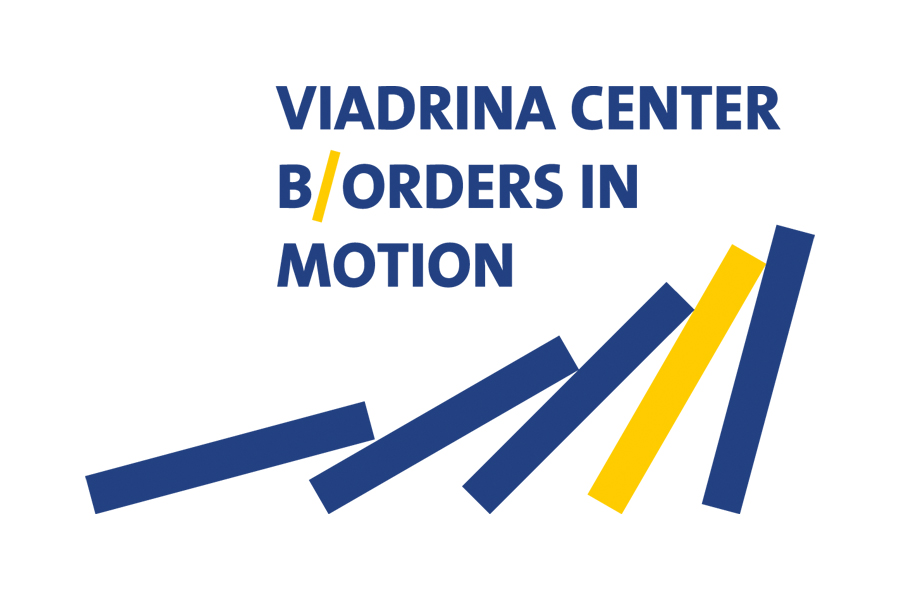Research group "Detection and Surveillance of Spatial and Spatiotemporal Clusters"
Project description
Project lead:
- Prof Dr Philipp Otto (University of Glasgow)
- Prof Dr Raid Amin (University of West Florida, Pensacola)
Research team:
- Miryam Sarah Merk (Research Associate)
Cooperation partners:
- Prof. Dr Sabrina Zajak (Professor at the Institute for Social Movements, Ruhr University Bochum, DeZIM)
Funding institution:
Ministry of Science, Research and Culture of the State of Brandenburg (Seed Money funding January 2017 to December 2018)
Project duration:
January 2017 - December 2018
Publications
- Garthoff, Robert/ Otto, Philipp: “Control Charts for Multivariate Spatial Autoregressive Models”, in: AStA Advances in Statistical Analysis 101(1), 2017, pp. 67-94.
- Merk, Miryam S./ Otto, Philipp: “Estimation of Anisotropic, Time‐Varying Spatial Spillovers of Fine Par-ticulate Matter Due to Wind Direction”, in: Geographical Analysis 2019. DOI: 10.1111/gean.12205.
- Otto, Philipp/ Schmid, Wolfgang/ Garthoff, Robert: “Stochastic Properties of Spatial and Spatiotemporal Arch Models”, in: Statistical Papers, 1(16), 2019, DOI: 10.1007/s00362-019-01106-x.
- Otto, Philipp: spGARCH: “An R-Package for Spatial and Spatiotemporal ARCH and GARCH models”, in: The R-Journal, 11(2), 2019, pp. 401-420.
- Otto, Philipp/ Schmid, Wolfgang: “Discussion of ‘Statistical Methods for Network Surveillance’ by Daniel Jeske, Nathaniel Stevens, Alexander Tartakovsky, and James Wilson”, in: Applied Stochastic Models in Business and Industry, 34(4), 2019, pp. 452-456. DOI: 10.1002/asmb.2360.
- Otto, Philipp/ Schmid, Wolfgang/ Garthoff, Robert: “Generalised Spatial and Spatiotemporal Autoregres-sive Conditional Heteroscedasticity”, in: Spatial Statistics, 26, 2018, pp. 125-145.
- Otto, Philipp/ Schmid, Wolfgang: “Spatiotemporal analysis of German real-estate prices”, in: The Annals of Regional Science, 60(1), 2018, pp. 41-72.
- Otto, Philipp: “A Note on Efficient Simulation of Multidimensional Spatial Autoregressive Processes”, in: Communications in Statistics - Simulation and Computation, 46(6), 2017, pp. 4547-4558.
- Otto, Philipp/ Lange, Anna-Liesa: Arbeitsbuch zur Angewandten Statistik. Mit Aufgaben zur Software R und detaillierten Lösungen, Berlin: Springer Gabler 2017.
- Otto, Philipp/ Schmid, Wolfgang: “Detection of Spatial Change Points in the Mean and Covariances of Multivariate Simultaneous Auto-Regressive Models”, in: Biometrical Journal, 58(5), 2016, pp. 1113-1137.
Project description
The project aims to extend the current mathematical and statistical research on spatial clusters, or also known as spatial structural breaks (for spatially independent processes, e.g., Kulldorf, Nagarwall (1995), Amin, Hendryx, Shull, Bohnert (2014); for spatially dependent processes, e.g., Otto, Schmid (2016), Garthoff, Otto (2016)), by the temporal surveillance of spatial clusters. In particular, the focus is on non-linear spatial models. In contrast to linear spatial autoregressive processes, a non-linear spatial ARCH process has the important property that there are no spatial clusters in the mean, but only in the variance characterizing the spread/dispersion of the observations. The dispersion is a measure to quantify, in which distance from a central location/value the observations can be expected. Hence, the spatial cluster does not show exceedingly high or low values (as in the example of the population density), but an exceedingly large or small variance of the process (the observations are more or less spread).
We approach these research questions from a fundamental and theoretical viewpoint. Due to the generality of our approach, there are widespread fields of empirical research where our theoretical framework can be applied. In particular, fields from social and cultural science as well as economics, engineering, and biometrics and medicine are covered. Moreover, there are several connections between our project and various empirical applications in the "border studies".
In addition to the introduction of spatial ARCH process, the focus is on the temporal surveillance of the above mentioned spatial structural breaks (spatial clusters) in our project. The spatial cluster is defined by only two parameters, namely, the center of origin s0 and the distance δ from the center. For the surveillance of bordered regions, both parameters s0 and δ have to be monitored over the time horizon.
If either the center of the bordered region (cluster), the distance from the center, or both parameters change over time, this structural break should be detected as soon as possible using techniques of statistical process control. The separate monitoring of the two parameters is a special case of the general problem, which can be derived in a straightforward manner. If a change in the 'center' (but not the 'distance') is flagged by the procedure, one may directly conclude the location of the bordered area has changed. For instance, the bordered area could have moved northwards. On the contrary, if there occurs a change only in the 'distance' from the center (but not the 'center'), the size of the bordered region had been either increased or decreased. The size increases if the parameter δt is larger than δ and vice versa. In this case, the location of the bordered region keeps the same
As part of the seed money funding of the research group "Detection and Surveillance of Spatial and Spatiotemporal Clusters" at the Viadrina Center B/ORDERS IN MOTION, the third-party funded project "Spatial and Spatiotemporal GARCH Models" was successfully acquired by the DFG.
